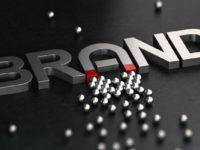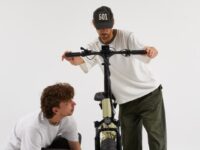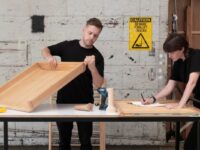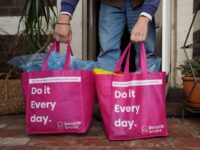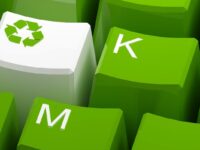Enterprise: RE4ORM
What makes them special: Their new facility has the capacity to process 7500 tonnes of end-of-life synthetic turf a year, keeping it out of landfill and breaking down its components for reuse.
RE4ORM is an Australian-first sustainability service delivering an end-of-life use for synthetic turf that was previously bound for landfill. RE4ORM takes redundant synthetic turf, recovers the infill – sand and rubber – and breaks down the filament and backing into their component parts, for reuse in other products and industries.
Co-founders Fraser Gehrig, a former AFL player, and Trent Cummings have a mission to be at the forefront of Australia’s sustainability movement, pursuing and promoting the technology and practices needed to minimise waste. “We were seeing more and more synthetic turf replacement field tenders and it was becoming increasingly difficult to dispose of the uplifted synthetic turf to landfill,” Fraser explains. “Synthetic turf has a lifespan of eight to 12 years – depending on how it is maintained – at which point it needs to be uplifted. Traditionally, synthetic turf is either sent to landfill or repurposed, both of which are environmentally destructive.”
With such an enormous amount of rubber, sand and plastic from synthetic turf being disposed of in landfill every year, the pair decided it was time to do something about it.
“We’re creating a circular economy and a much-needed sustainable solution.”
RE4ORM operates based on four ‘R’s: Recovering synthetic turf from sports fields and other facilities; Recycling synthetic turf fibres into pellets; Reusing recovered materials from synthetic turf and other products; and Reducing the overall impact synthetic turf has on our landfill and wider environment. “Furthermore, we’re creating a circular economy and a much-needed sustainable solution for Australian governments and communities,” Fraser avers.
The uplifted synthetic turf is entered into RE4ORM’s recovery and recycling facility in Barnawartha in north-east Victoria, where it is unrolled and mechanically brushed and beaten to separate the infill from the synthetic turf. Once separated, the infill is split into sand and rubber, whilst the synthetic turf is converted into plastic pellets. The facility can process 7500 tonnes a year.
RE4ORM’s recovery and recycling of synthetic turf containing rubber and coloured rubber reduces CO2 emissions by 30 per cent and 45 per cent, respectively, compared with landfill. The synthetic turf roll is shaved to separate the yarn from the backing, which are both then baled to await extrusion into plastic pellets.
Fraser and Trent envisage RE4ORM becoming the first point of reference for the disposal of synthetic turf in Australia. “Every council, school and government will request that synthetic turf that needs to be replaced is taken to RE4ORM and the community can embrace the fact that almost 100 per cent of the synthetic turf has been recovered, recycled and reused, which in turn reduces the impact synthetic turf has on our environment,” Fraser enthuses. “We have been fortunate to partner with leading synthetic turf industry companies Tuff Group and Sport Group to demonstrate that the industry is taking this step forward together.”
The facility in Barnawartha covers four hectares and gives RE4ORM the potential to grow and start to offer solutions to issues such as the disposal of tyres, mattresses and other products that don’t currently have a viable end-of-life solution. “The technology and ingenuity we have in Australia is world-class, we just need to crack the economical question, and with the support of the government and community, we hope to assist in Australia’s push to become carbon neutral by 2050,” Fraser concludes.
This article first appeared in issue 40 of the Inside Small Business quarterly magazine



